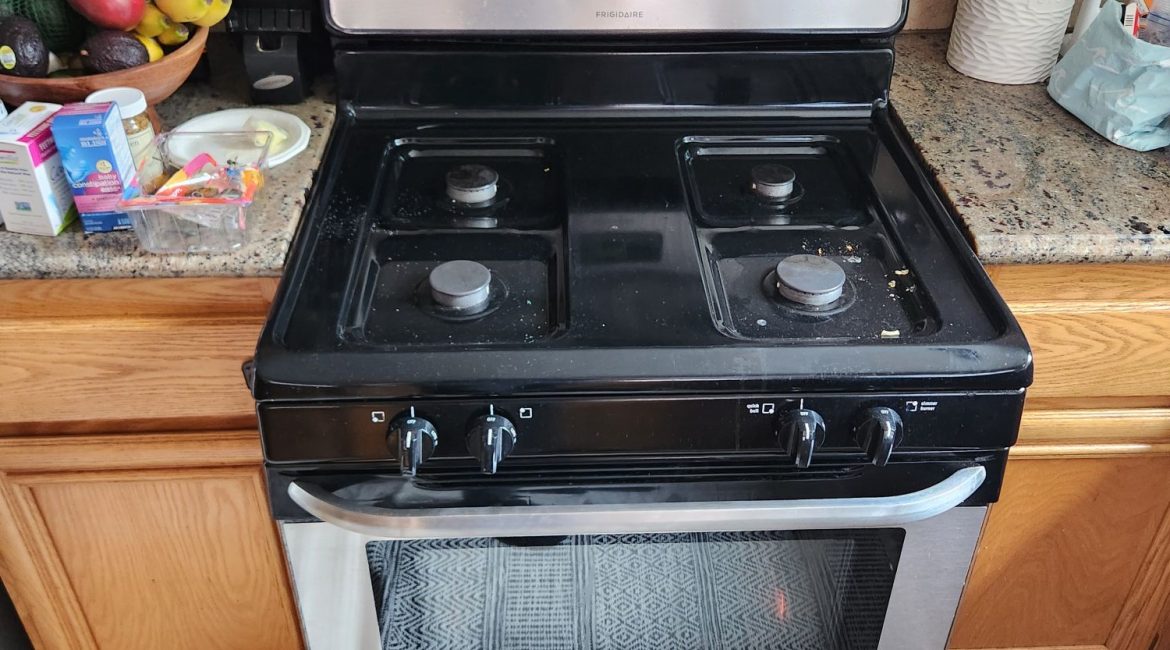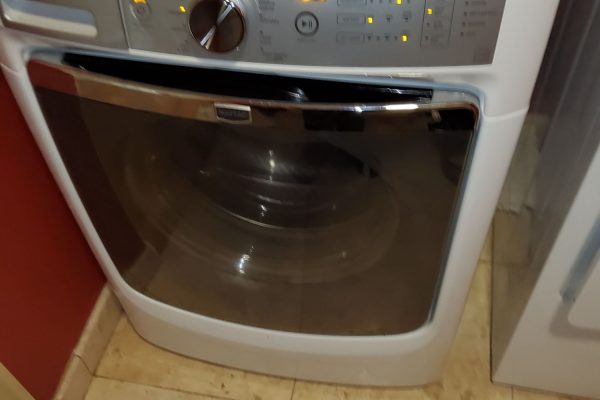An oven is an essential appliance in any kitchen, helping you create delicious meals and baked goods. However, if not properly maintained, it can become a source of frustration and even danger. Overheating is one of the most common issues caused by neglecting regular cleaning and maintenance. Here, we’ll discuss how to clean your oven effectively to prevent overheating and keep it running efficiently for years to come.
⠀
Why Does an Oven Overheat?
Overheating in ovens is typically caused by one or more of the following:
⠀
- Accumulated Grease and Food Residue:
Grease and food particles can clog the internal components of your oven, affecting airflow and causing it to overheat.
⠀
- Blocked Ventilation:
Proper airflow is essential for maintaining a steady temperature. Blocked vents due to dirt or grease build-up can lead to overheating.
⠀
- Faulty Components:
Dirty sensors or heating elements coated with grime may malfunction, resulting in excessive heat generation.
⠀
- Improper Maintenance:
Neglecting to clean your oven regularly can worsen minor issues, leading to bigger problems over time.
⠀
Step-by-Step Guide to Clean Your Oven
⠀
- Gather Your Cleaning Supplies:
Before starting, make sure you have the following:
– Baking soda
– White vinegar
– A spray bottle
– A soft sponge or cloth
– Rubber gloves
– A small brush for crevices
⠀
- Remove Oven Racks:
Take out the racks and soak them in warm, soapy water. Use a scrubbing pad to remove stuck-on grime after soaking for 30 minutes.
⠀
- Make a Natural Cleaning Paste:
Mix half a cup of baking soda with water to form a paste. Spread this paste on the interior walls, floor, and door of your oven. Avoid applying it on heating elements.
⠀
- Let It Sit Overnight:
Allow the baking soda paste to work its magic overnight. This step softens the grease and grime, making it easier to clean.
⠀
- Wipe Down the Interior:
Use a damp cloth to wipe away the paste. If needed, use a scraper or small brush to remove stubborn spots.
⠀
- Use Vinegar for Extra Shine:
Fill a spray bottle with white vinegar and spray it on the surfaces where you’ve cleaned. The vinegar will react with any leftover baking soda, creating a foaming action that helps lift remaining residue.
⠀
- Clean the Door and Vents:
Don’t forget to clean the oven door and ventilation openings. Use a small brush to remove grime from vents to ensure proper airflow.
⠀
- Clean and Replace Racks:
After cleaning the racks, dry them thoroughly before placing them back in the oven.
Tips for Preventing Overheating
⠀
- Clean Regularly:
Establish a routine to clean your oven at least once a month.
⠀
- Use Oven Liners:
Place oven-safe liners on the bottom to catch spills and crumbs, making cleaning easier.
⠀
- Inspect Ventilation:
Check and clean ventilation openings periodically to ensure they remain clear.
⠀
- Address Spills Immediately:
Wipe up spills as soon as the oven cools down to prevent baked-on messes.
⠀
- Schedule Professional Maintenance:
Even with regular cleaning, professional maintenance is crucial for identifying and addressing hidden issues.
⠀
When to Call a Professional?
⠀
If you notice persistent overheating even after thorough cleaning, it might indicate a problem with the thermostat, heating element, or other components. These issues require professional expertise to fix safely and efficiently.
⠀
Regular cleaning is key to preventing overheating, but sometimes professional help is necessary. If your oven is overheating or you’re unsure about cleaning hard-to-reach areas, trust the experts at Poway Appliance Repair Service Center.
⠀
We offer reliable, quick, and affordable oven maintenance and repair services. Our skilled technicians can handle everything from routine clean-ups to resolving complex issues.
⠀
Don’t let a dirty oven ruin your cooking experience! Contact Poway Appliance Repair Service Center today and keep your oven running smoothly.
Contact us


